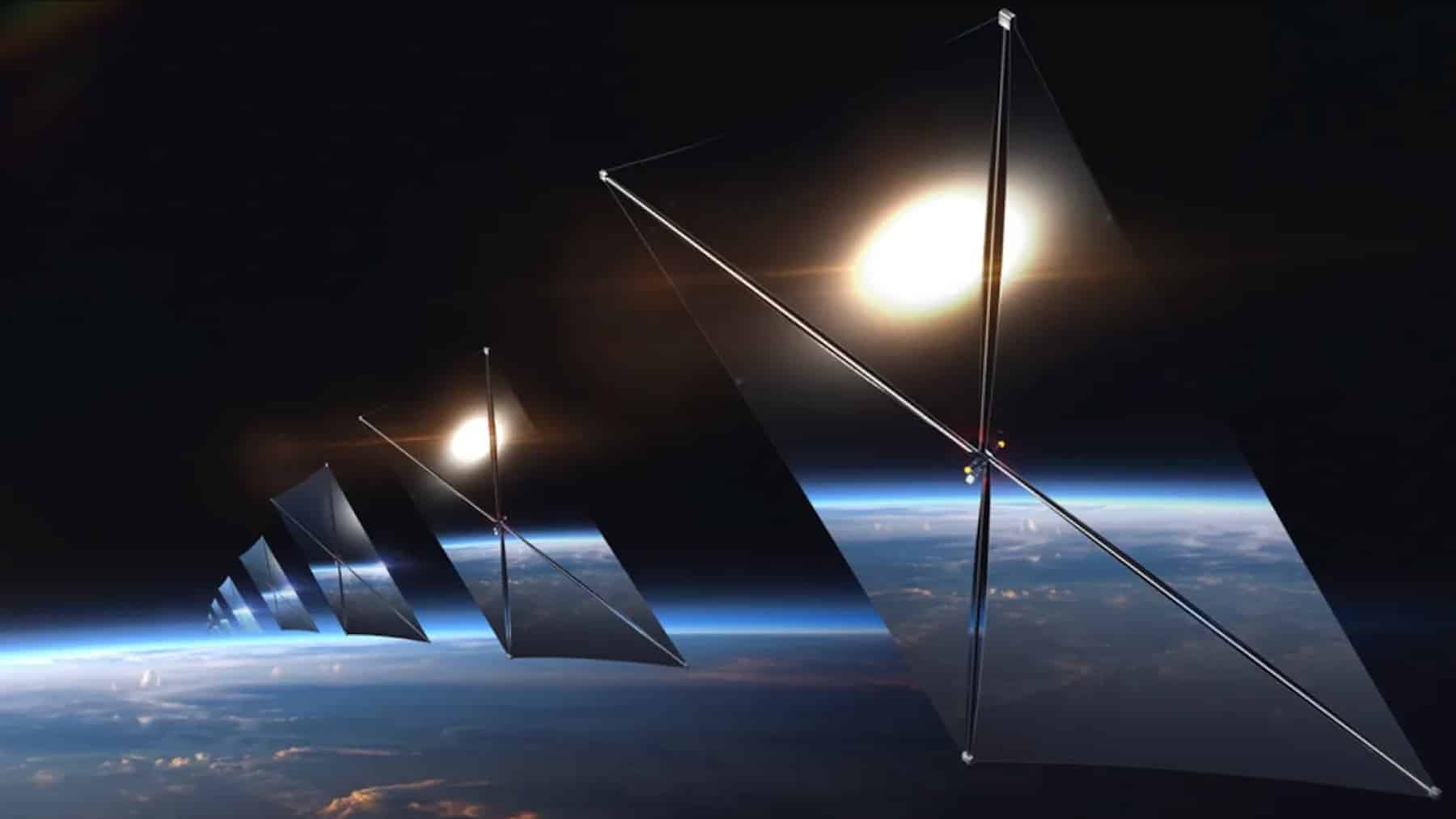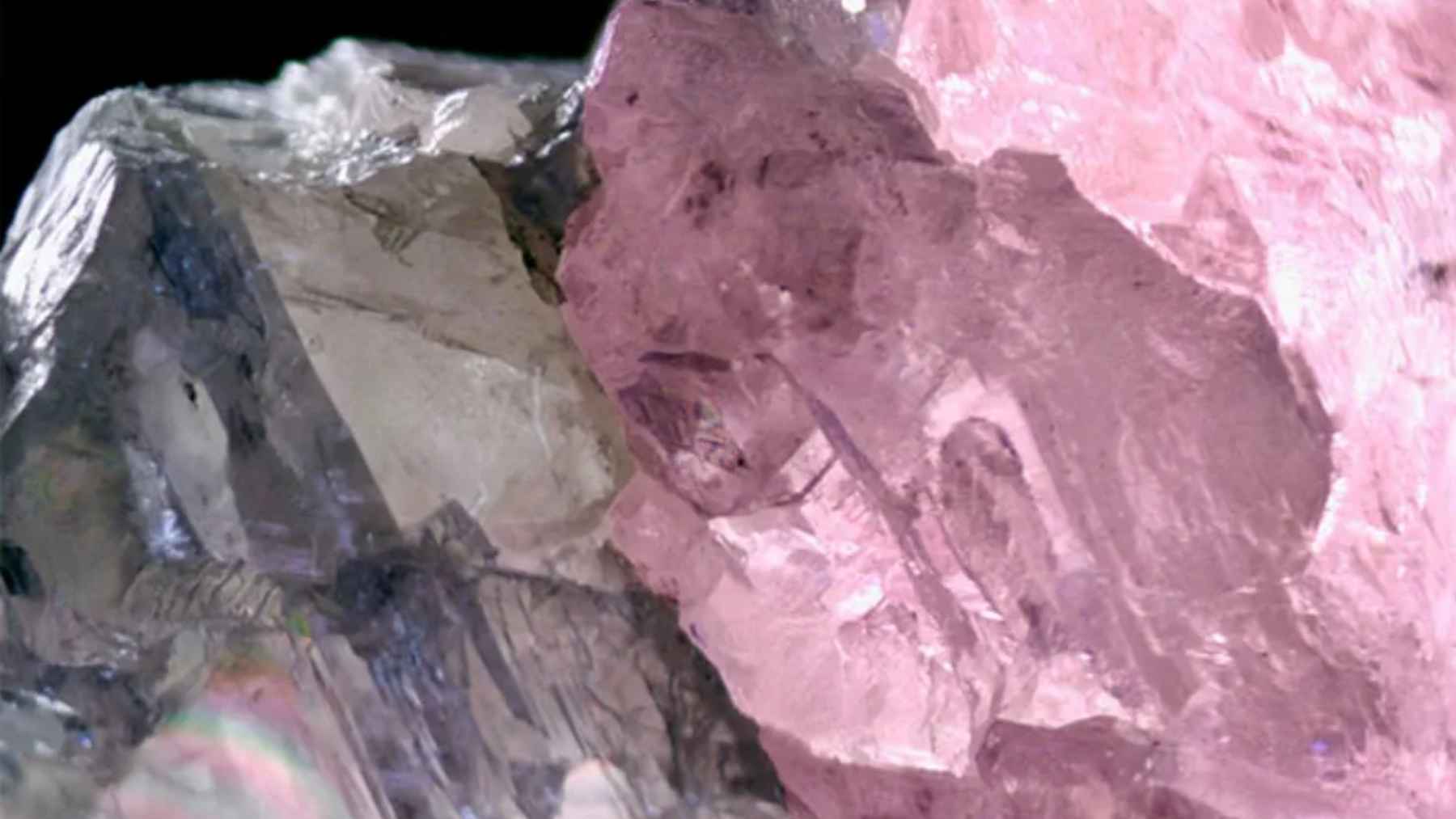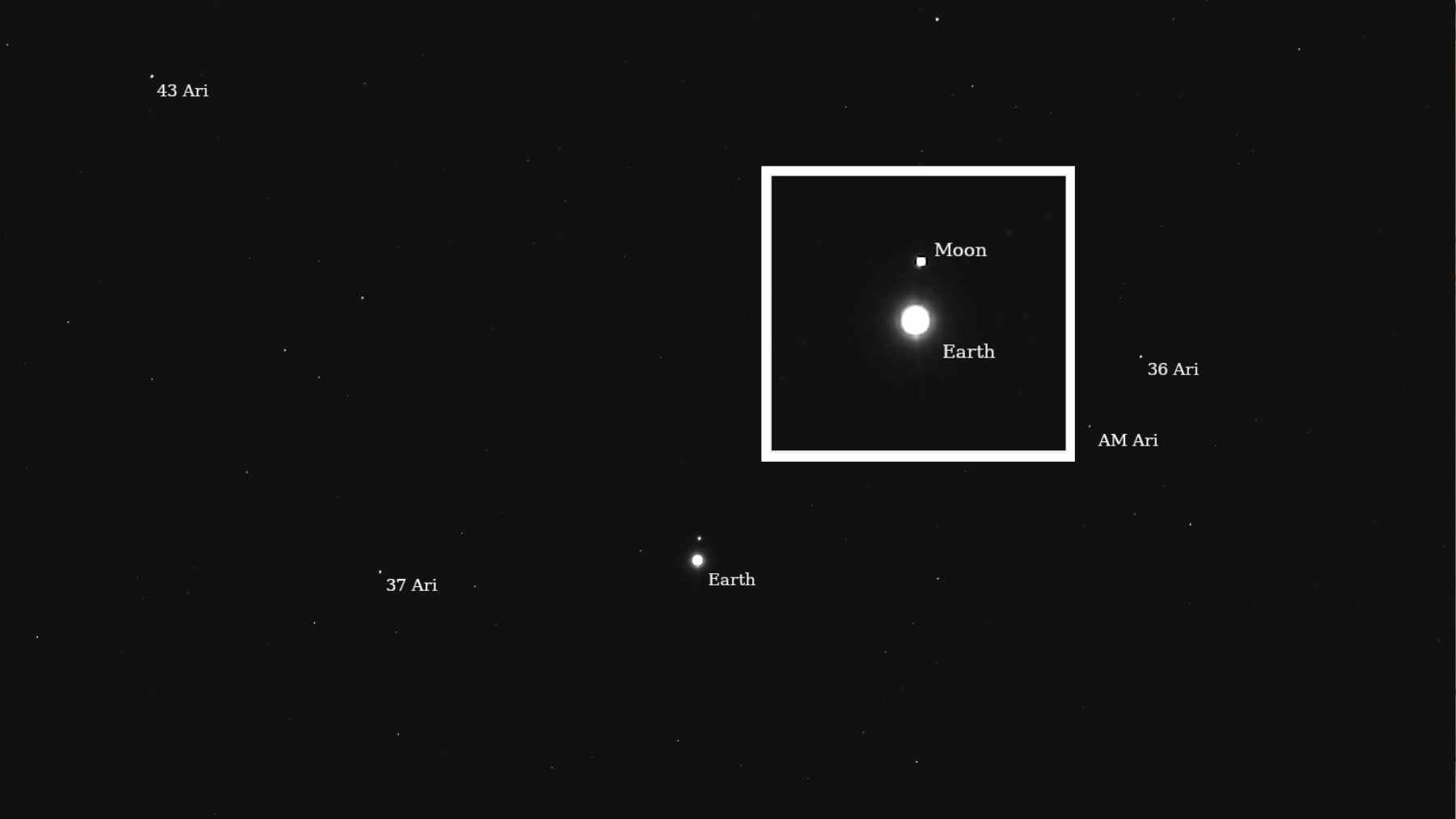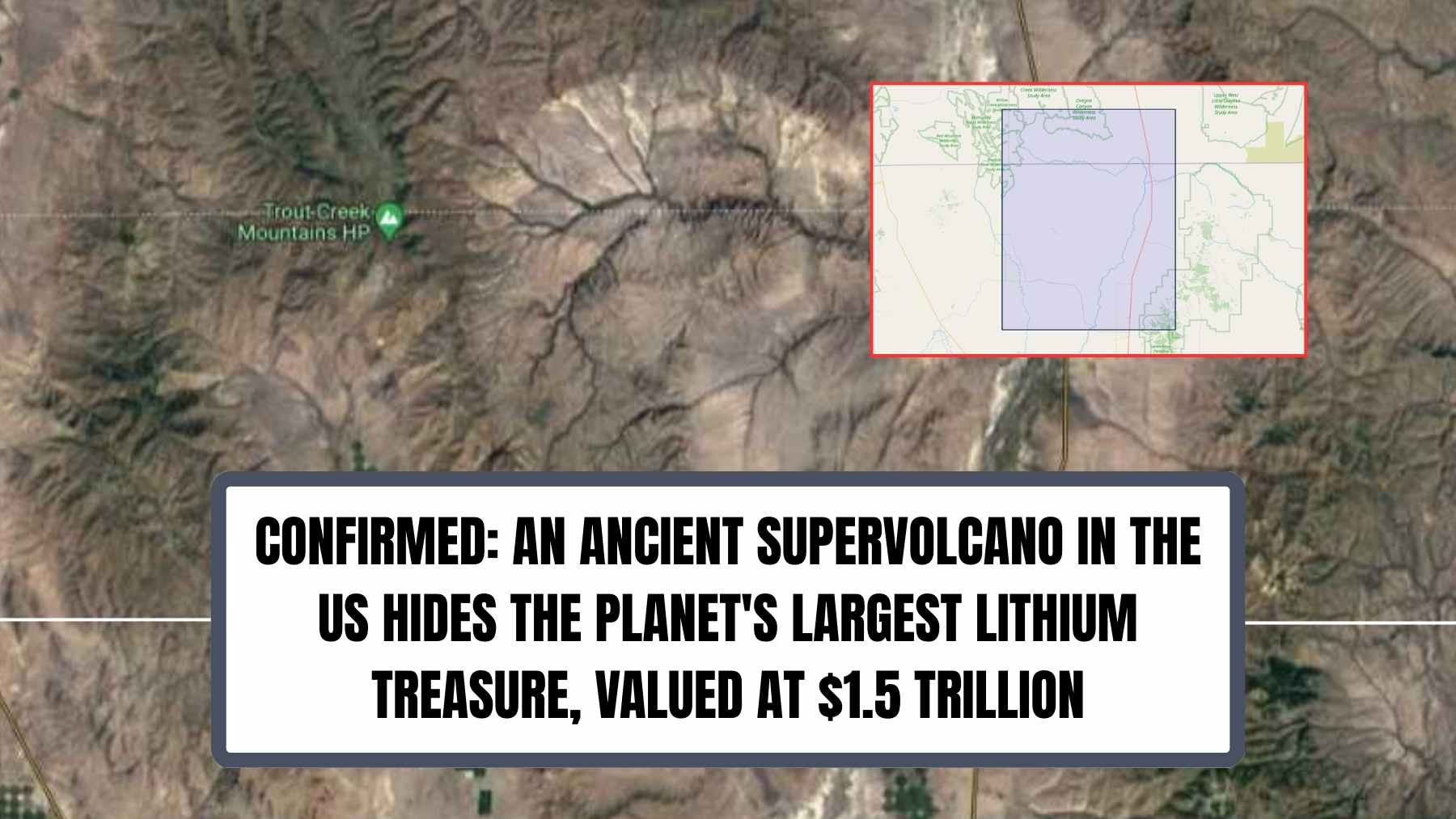Space solar power has just received a horror twist that’s keeping astronomers up at night across the globe. Reflect Orbital is planning to send thousands of enormous mirrors into space, delivering “sunlight on demand” to Earth’s solar farms at night. But the ambitious project has been called an astronomical catastrophe by scientists that can irreversibly destroy our perspective of the universe while providing dubious energy benefits.
Reflect Orbital’s space mirrors deliver revolutionary solar energy
The idea is science fiction-sounding, but the mechanism is really very simple. Reflect Orbital’s satellites would employ mirrors to focus sunlight onto particular areas of Earth, thus solar farms could produce power during nighttime as well. The company will start with an 18-meter prototype satellite, the Earendil-1, to be launched in 2026, before expanding to its full constellation.
Founder Ben Nowack has already proved the concept with hot air balloons and mirror surfaces. In laboratory tests, a 2.5-meter mirror at 242 meters reflected 516 watts per square meter to solar panels on the ground, half the intensity of the noon sun. The demonstration indicates the technology would at least be possible on a miniature scale.
The complete deployment would comprise roughly 4,000 satellites in 2030, with a 54-meter mirror rotating 625 kilometers above. Yet estimates are that the constellation could end up needing as many as 250,000 satellites in order to deliver useful power to multiple locations at once.
Astronomers all over the globe are alarmed by light pollution issues
Astronomers call it a nightmare — 4,000 flying mirrors encircle Earth because such intentionally bright satellites would create unprecedented light pollution that can cause long-term damage to astronomical science and stargazing pursuits. Unlike other satellites that unwittingly reflect sunlight, Reflect Orbital’s mirrors are intentionally made as brilliant as possible.
Every mirror would be nearly as dazzling as the surface of the Sun when telescopes observed it, causing irreversible damage to the eyes of astronomers and amateur astronomers. The constellation would emit beams of light across the Earth’s surface as satellites traverse target sites, resulting in flashes brighter than the full Moon that would interfere with nocturnal wildlife and human circadian rhythms.
The light pollution would prevent everyone from viewing the universe, and even make ground-based astronomy over much of the world impossible. The mirrors would be visible at dusk when the great majority of astronomical observations are being made, radiating streaks through telescope photographs and saturating sensitive detection systems.
Technical limitations threaten the energy delivery claims
Space-based solar reflection physics expose radical practical issues with Reflect Orbital’s ambitious ambitions. One 54-meter satellite would be 15,000 times dimmer than sunlight at noon, and to produce only 20% of normal solar light would take around 3,000 satellites overall. At 625-kilometer height, satellites traveling 7.5 kilometers per second, each would cover an area for no more than 3.5 minutes.
Economic feasibility is questionable regardless of technical success
The company’s balloon tests, though eye-popping, don’t scale very well to orbital altitudes. To achieve in space the same performance as the balloon test would demand 6.5-kilometer-square reflectors—42 square kilometers of mirror per satellite, which is not possible with existing technology.
“The fate for astronomers – and for anyone who cares that the night sky is dark – would be grim.”
Key technical challenges include:
- Orbital mechanics: Satellites provide only minutes of illumination per pass
- Light dispersion: Beams spread to 7+ kilometer diameter patches
- Scale requirements: Thousands of satellites needed for minimal energy delivery
- Light pollution: Mirrors brighter than the full Moon disrupt astronomy
Reflect Orbital’s space mirror constellation is the height of technology mania gone mad, destroying physical reality and environmental expense. Although space sunlight broadcasting may sound like a utopia, the size needed, limited power transmission, and apocalyptic light pollution make the scheme a horror rather than a miracle. Astronomers across the globe have every cause to dread this threat to our cosmic heritage.
Disclaimer: Our coverage of events affecting companies is purely informative and descriptive. Under no circumstances does it seek to promote an opinion or create a trend, nor can it be taken as investment advice or a recommendation of any kind.















